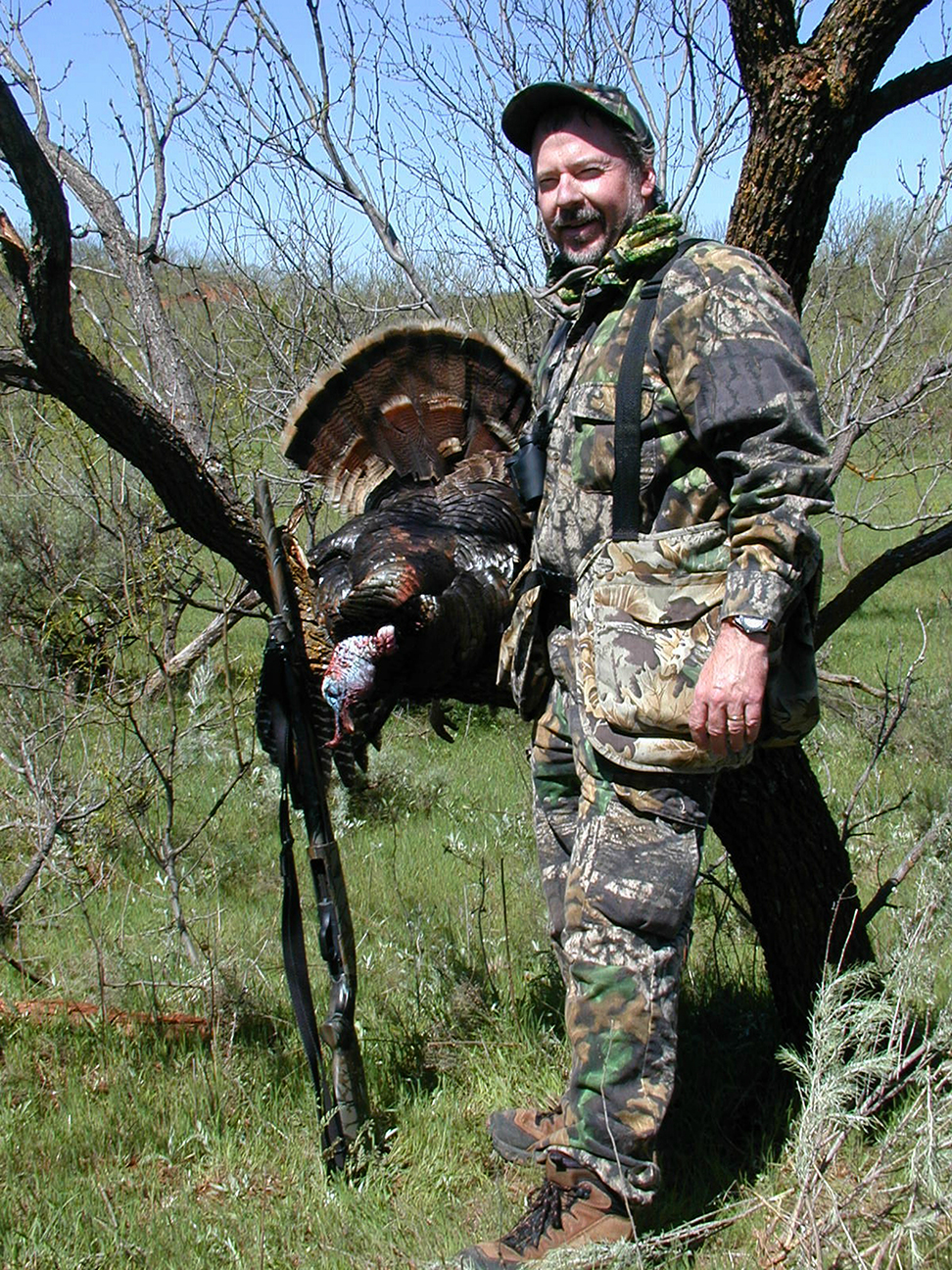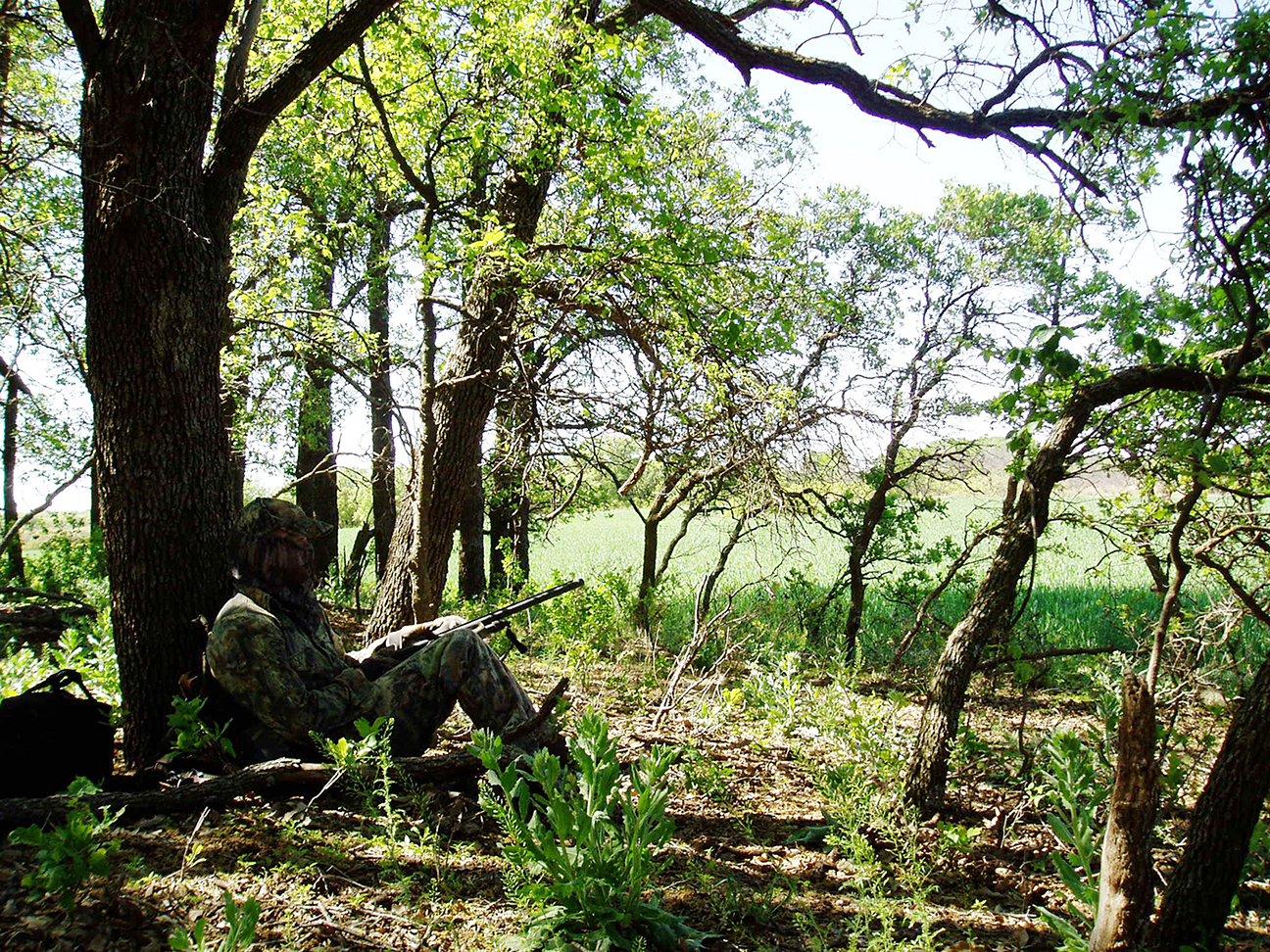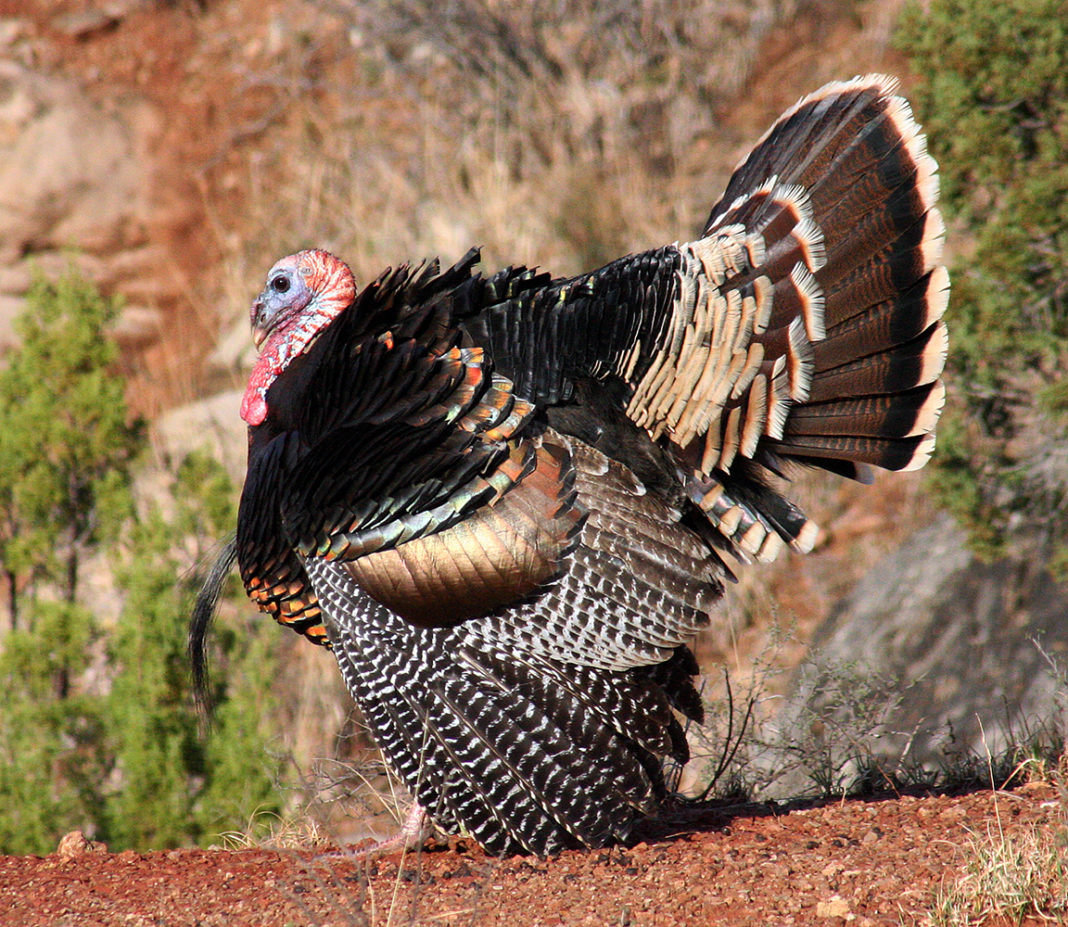Turkey hunting in Texas is exceptional.
We’ve got the largest population of the Rio Grande subspecies in America — roughly 500,000 birds when nesting habitat and production are dubbed good — and these critters are right at home in every place from Panhandle shelter belts and Rolling Plains breaks to the cedar country of Central Texas and the rolling sand plains of the brush country.
However, with all that opportunity also comes a downside: the pursuit has gotten expensive. Sure, the gear most turkey chasers tote along can run a number of decent paychecks, but the cost in booking a hunt has gone sky high. Due to the private nature of most land in the Lone Star State, the cost of spring gobbler pursuits are akin to almost any other hunting option requiring the average hunter to ante up more than it took in the past.
That’s simply the nature of the world we live in. That being said, there are ways to gobble up a hunt for less, including one approach that’s been around about as long as we’ve been pursuing any number of wild game species. Here’s a look at how you may be able to bag a bird (or two, if you’re really studious!) on a budget in turkey hot beds such as South Texas and the Hill Country.
How to Turkey Hunt on a Budget, Option 1: Enter for drawn hunts
Because Texas is approximately 95% privately owned, your initial approach may be to book a guided hunt with an outfitter, which could run you a couple of thousand dollars just for the chance to bag a single wily Tom. That’s certainly the way most Rio Grande turkeys are killed every spring, and sometimes in the fall. Nothing wrong with that at all, and all things considered, most guided turkey hunts have exceptionally high success rates, largely due to landowners and biologists investing time and effort into making sure gobblers, hens and jakes like their territory.
However, the Texas Parks and Wildlife Department does offer a “hunting lottery” for spring gobbler hunts through its online public drawing system. You pay a fee ($3) for each entry and you’re able to put in for hunts at some great locations, including wildlife management areas. There certainly is competition for any public hunt drawing, but this is one avenue TPWD continues to be at the forefront of conservation efforts as well as offering access to some outstanding habitat at the optimum time of year.

How to Turkey Hunt on a Budget, Option 2: Do your homework and go public
In addition to drawn hunts, TPWD also offers numerous hunting opportunities on smaller tracts of land it leases for its annual public hunting program. To take part, all a hunter must do is purchase an annual public hunting permit ($48), locate a nearby tract using TPWD’s online locator system and go afield.
I will admit this is somewhat simplistic because some areas simply don’t offer public turkey hunting and some may not be suitable turkey habitat at all. However, if you put in time studying the different areas of leased land, you may find places that could hold birds.
If you’re looking into this type of approach, it could be pertinent to subscribe to one of the newfangled services offering in-depth aerial maps and detailed topography to glean better insight into certain areas. This also could be a good investment for other hunts that you may be conducting throughout the year, especially if you’re targeting pressured public tracts for other species.
How to Turkey Hunt on a Budget, Option 3: Hit the Web with a focus
If you type “Texas turkey hunting” into any search engine, you’ll be bombarded with information, mostly for guides and outfitters offering packages for spring gobblers, or perhaps for turkeys and feral hogs and predators if they’re so inclined to stand out from a crowd.
If you’re looking for a “cheap hunt,” this isn’t what I’d suggest doing, but rather search for hunting lease or hunting opportunity options. There are websites that compile these types of listings with regularity, but one of the best I’ve found is the Hunt Texas Online Connection, which is run by TPWD. The free service provides information on hunting opportunities available for lease on private lands and could be a good avenue if you’re stumped on locating ways to bag a bird in the spring.
First and foremost, TPWD specifically states that “it doesn’t certify the accuracy of the information posted through the website or endorse or guarantee the quality of the hunting opportunity.” Also, that “TPWD provides this service to make it easier for landowners to manage wildlife populations and to provide information to hunters about hunting opportunities on private lands.”

How to Turkey Hunt on a Budget, Option 4: The good ol’ ask around approach
This was what I eluded to previously and it may be one that gets overlooked simply because times have changed. Even a generation ago, it was common, even encouraged, to ask landowners for permission to hunt on their tracts regardless if it was farm land or suited specifically to hunting. Perhaps it worked back then and perhaps it never did, but you don’t know if you don’t try. That’s especially true, even in this day and age.
Hunting for any species certainly doesn’t look the same as it did even a decade ago for a variety of reasons, including monetary ones. There’s big value in turkeys, deer, ducks, geese and anything else you may want to hunt, but one thing I’ve always found to work in any situation is courtesy. That means while you’re in the field or trying to get into the field.
If you’ve seen a place that looks like it may hold turkeys in the spring or deer in the fall, there’s absolutely nothing wrong with asking whoever happens to own that land if they’d be willing to let you hunt. There are ways to go about it with plenty of respect, including making an appointment or even delivering a handwritten letter with your intentions plainly known. Those could include taking your youngster or another novice along to introduce them to the pursuit. Certainly don’t make that type of scenario up – or anything else – if you’re not planning on it though.
You also could even volunteer your time to help with farm chores or anything else that might need attention. It’s the little things that make a big difference to most good folks.
And that effort could end in the hunt of a lifetime for you if you’re willing to pitch in!
Texas spring turkey hunting seasons
The spring Rio Grande turkey framework in “northern” counties runs from March 29 to May 11, 2025, while the season in southern counties is from March 15 to April 27, 2025. The north zone youth-only season is March 22-23 and May 17-18, 2025. The youth-only dates in the south zone are March 8-9 and May 3-4, 2025.
There also is a one-turkey bag limit season than runs April 1-30, 2025, in the following counties: Bastrop, Caldwell, Colorado, Fayette, Jackson, Lavaca, Lee, Matagorda, Milam and Wharton. Birds killed in those counties must be reported to TPWD under mandatory requirements.
The Eastern turkey season in East Texas will run April 22 to May 14, 2025. Hunters are required to report harvest of eastern turkeys electronically to TPWD within 24 hours of harvest. Reports in mandatory counties can be made through the TPWD My Texas Hunt Harvest App or online from the TPWD website.
In addition to a Texas hunting license, an upland game bird endorsement is required to hunt turkeys.
Texas spring hunting pursuits bring out critters that bite back
Turkey hunting in Texas offers Easter eggs begging to be found
Turkey hunting in Texas centers on biology, seasons in a season
Turkey hunting in Texas can make fools out of hunters during early season



















